Visitors 29
Modified 30-Jan-25
Created 25-Nov-13
340 photos
The Grange The Grange Heathland Reserve was formally part of the tribal grounds of the Bunurong Tribe. The Bunurong occupied land south of the Yarra, on the Mornington Peninsular around Western Port Bay and on the southern reaches of the Dandenong Ranges. They considered their territory to be the land where the streams drain to the south to the Tarwin River.
The Bunurong were one of the four member tribes of the Kulin Nation, which owned all the land of the Port Phillip area as far north as Euroa. They all spoke a similar language, although there were tribal differences. It was the practice for members of each of the tribes to marry outside their tribe, but within the Kulin Nation.
It is very difficult to establish the exact population size of the Bunurong prior to European settlement. This is because the Bunurong people had been in contact with sealers and whalers who probably brought disease and may have murdered them, before the first real census. At the first census in 1839, there were only 83 Bunurong remaining.
The Grange has been preserved for us due to the fortunes of history. Much of the surrounding Cheltenham heathland has been lost since European settlement. The land of The Grange has a rich and interesting European history, which gives us some insight into the history of Clayton as well. The Grange Heathland Reserve acquired its name from a large homesteadknown as the Richmond Grange built in the area in the late 1850's as a part of the Windert Station.
Duncan McLeod was a Scottish settler who arrived in Australia in 1852, at the age of twelve. He bought the Windert station, a new estate of 33 acres in 1858, where he built a weatherboard house and a dairy. In 1890, his wife was killed in a goods train accident (at Springvale). He remained at the station for another two years. He sold the property to Cr. Jago, of Richmond in 1892. Duncan remained at The Grange helping out, until his death a few years later.
When Cr. Jago bought the Windent Estate, he expanded the eight- roomed weatherboard home, building onto the front using reddish-brown bricks. The roof was a double gable, which ran the length of the house.
The Richmond Grange became a high-class country home; boasting many rooms, including a large ballroom, which could accommodate up to 100 people. There was also a brick tower, flagpole and a portico. Large iron gates provided the entrance to a tree-lined carriage-way with a beautiful garden of large European trees such as Pine and Elm surrounding the homestead. The entrance to the estate was from Westall Road, named after Thomas Westall who lived opposite the property.
The stately house was located to the west of Westall Road, near the junction of Murchison Crescent and Spring Valley Drive. It was destroyed by fire in the 1940's. The remains of The Richmond Grange, together with its formal gardens and outbuildings were finally removed in the 1950's. The pine trees, which now dominate the entrance to The Grange, were once part of the original gardens.
The area surrounding The Grange became market gardens. It is believed that the original heathland vegetation was preserved, in part of the farm, as a barrier to potential poachers, and to provide shelter for cattle.
My horn is NOT medicine says this rhino.

The tragedy of life is not that it ends so soon, but that we wait so long to begin it.
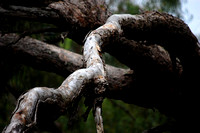
Death, like generation, is a secret of Nature. -Marcus Aurelius
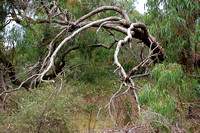
It is the peculiar nature of the world to go on spinning no matter what sort of heartbreak is happening. -Sue Monk Kidd
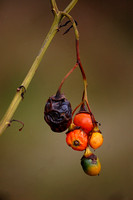
When you get, give. When you learn, teach. Maya Angelou

I can live for two months on a good compliment. -Mark Twain
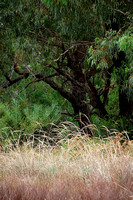
We may encounter many defeats but we must not be defeated. -Maya Angelou
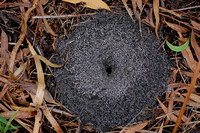
By persisting in your path, though you forfeit the little, you gain the great. - Ralph Waldo Emerson
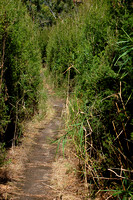
The road of life can only reveal itself as it is traveled; each turn in the road reveals a surprise. Man's future is hidden.

All that we see or seem Is but a dream within a dream. -Edgar Allan Poe
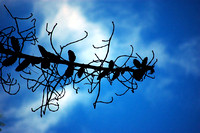
The control man has secured over nature has far outrun his control over himself. -Ernest Jones
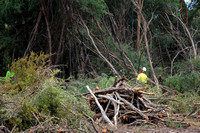
Who has not sat before his own heart's curtain? It lifts: and the scenery is falling apart. -Rainer Maria Rilke
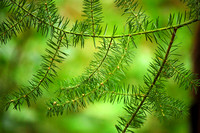
He stands erect by bending over the fallen. He rises by lifting others. -Robert Green Ingersoll
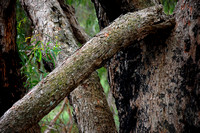
The most dangerous thing is illusion. -Ralph Waldo Emerson
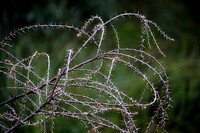
Around a flowering tree, one finds many insects. - Proverb from Guinea

He who has not looked on Sorrow will never see Joy. -Kahlil Gibran

I have always looked upon decay as being just as wonderful and rich an expression of life as growth. -Henry Miller
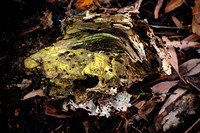
Not every snake bites

The iron curtain is still there

Only he that has travelled the road knows where the holes are deep. - Chinese proverb

Category:
Subcategory:
Subcategory Detail:
Keywords:
As a teen i spent a lot of time at the Grange,catching lizards and frogs.Older friends use to ride horses and motorbikes around the scrub.At that time (early to mid 70's) there was still a broken down rock fountain from the original building and a pond that was full of green bell frogs.The bush backed onto the OK softdrink factory which was regularly raided by us kids,we use to build huts native style out of branches and wood.Saw a large bushfire there one time when two motorbikes hit head on in the bush and caught fire.A fun place to explore for a young boy and i wasted many hours there.
The guestbook is empty.
Loading...
© Bernard Bosmans Photography





















